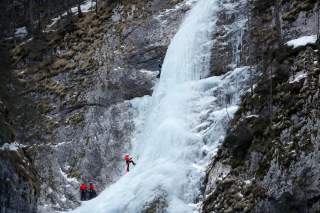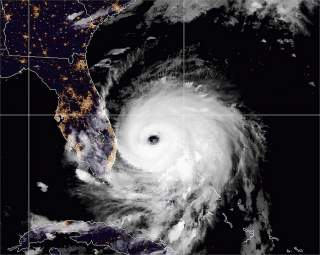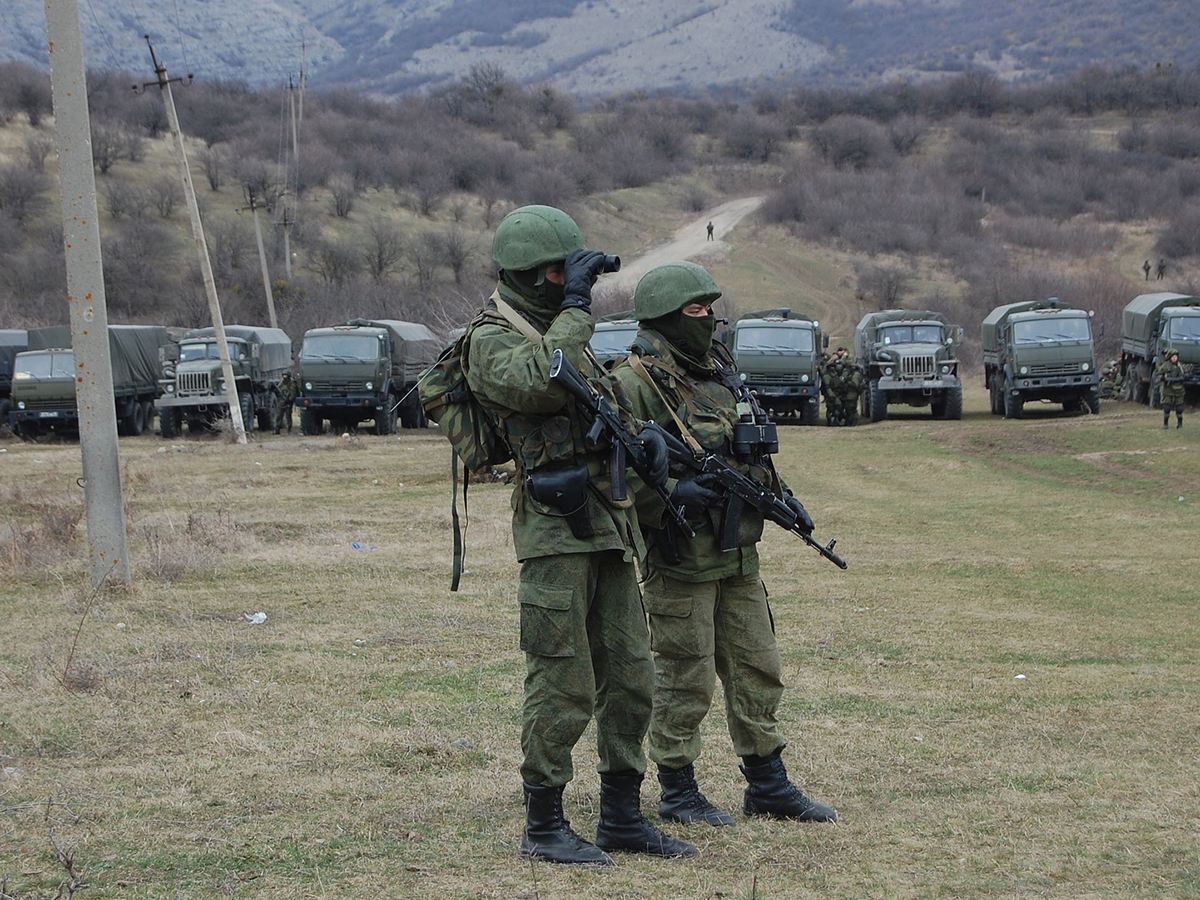by Bethan Davies
 The year 2019 concludes a decade of exceptional heat, and is on track to be the second or third warmest year on record. While the global average temperature teeters on 1.1°C above the pre-industrial record, the world’s glaciers are in stark retreat.
The year 2019 concludes a decade of exceptional heat, and is on track to be the second or third warmest year on record. While the global average temperature teeters on 1.1°C above the pre-industrial record, the world’s glaciers are in stark retreat.
In high mountain areas, the steady trickle of melting snow in spring has nourished people for generations. Today, 1.9 billion people – or 22% of the world’s population – live downstream of snowpacks and glaciers and depend on them as their main source of drinking water. These icy and snowbound mountain regions could be considered water towers, which provide a regular supply of water for drinking, irrigation and power generation, and provide a life-saving buffer during droughts.
But as rainfall patterns shift and temperatures rise due to climate change, these glaciers are thinning and retreating. When snowpacks shrink, so does the amount of water stored in these mountain water towers. I’m part of a team of 32 international scientists that have looked at 78 of these water towers worldwide and tried to find out how much water they store and supply, and how many people depend on them for their survival.



















